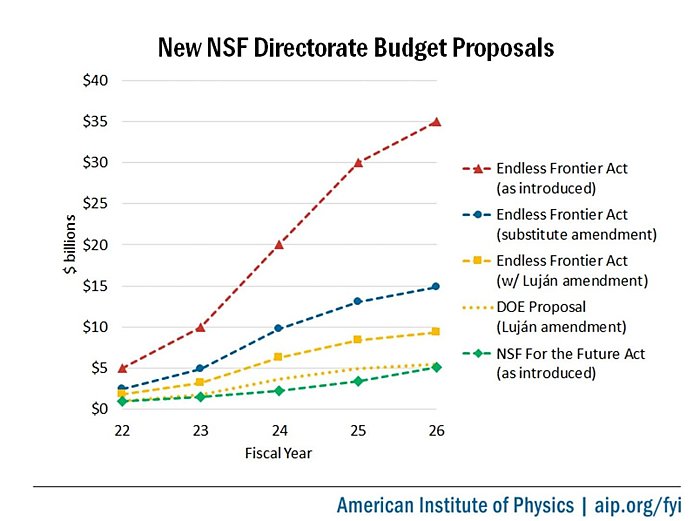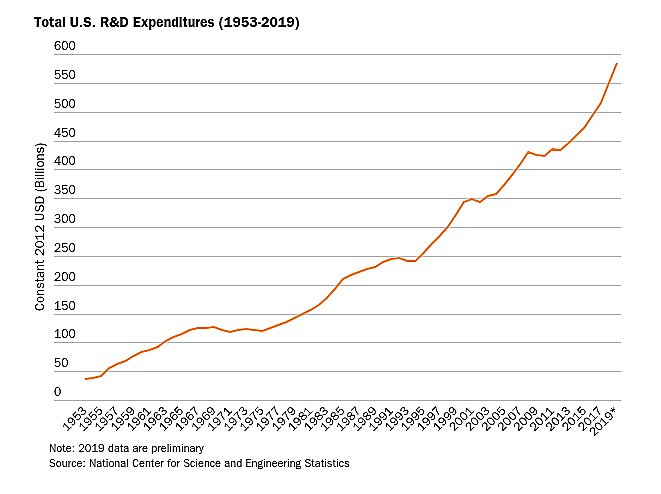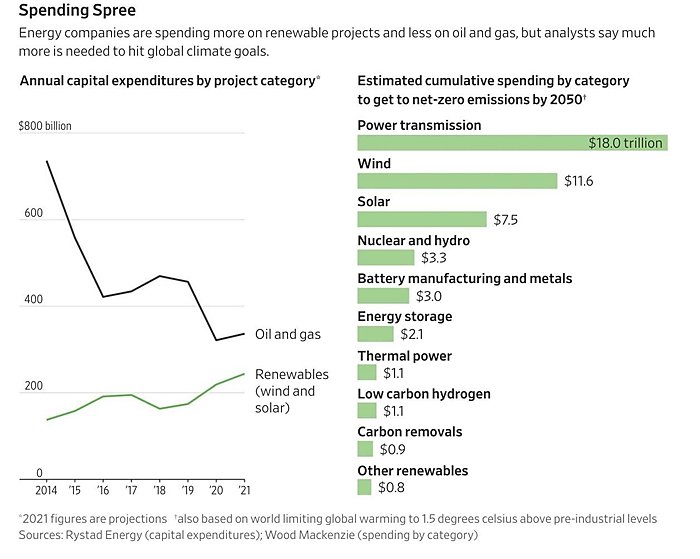Today many of us may take such skepticism for granted, but questioning the image of the altruistic “public servant” was pretty radical when Buchanan, Tullock, and other public choice scholars first started doing it. Nevertheless, once you’re aware of public choice theory’s basic tenets, you see it everywhere in public policy—especially in both the design and implementation of American industrial policy. On the former, elected officials frequently advance legislative policies that confer concentrated benefits upon small, homogenous, often local interest groups and impose diffuse (but larger) costs upon the general public, because only the small groups have sufficient motivation to follow the issues closely and apply political pressure (lobbying, campaign contributions, and votes) based thereon. Because the public is “rationally ignorant” about these policies (and thus does not tie their votes or contributions to them), elected officials act rationally in supporting them, even when the policies are known to produce net losses for the country. This “collective action” problem not only generates “pork barrel” projects (often through “logrolling” bargains, in which legislators trade votes on each other’s pet project), but also makes reform or elimination of these programs exceedingly difficult, regardless of their efficacy.
Implementation of industrial policies can also fall victim to politics, even in systems designed to be insulated from elected officials. Research shows, for example, that government agencies’ agendas often mirror those of the members of the congressional committees that primarily oversee them—members that often actively seek out these committee assignments in order to affect the regulatory agencies beneath them. Thus, the same political pressures that distort elected officials’ creation of and support for a certain industrial policy can similarly distort the federal bureaucracy’s work to effectuate it. Similarly, numerous studies show that agencies can become “captured” by motivated special interest groups (or their elected benefactors) who use the agency to further their own narrow interests at the broader public’s expense. Even where political pressure is limited (often by design), capture can occur where bureaucrats lack the same level of specialized knowledge as the entities they’re regulating and thus grow to rely on those entities for both information and manpower (aka “the revolving door”).
The U.S. political system amplifies the public choice hurdles facing industrial policies (and others) for two big reasons. First, large segments of Congress are replaced (or threatened with replacement) every two years and the president every four. This dynamic not only injects “short-termism” and uncertainty into the decisionmaking process, but also makes elected officials more risk-averse and focused on reelection instead of the long-term national interest. Second, the U.S. has a well-developed lobbying and interest group system, which would inevitably affect (and likely deteriorate) the design and implementation of any significant industrial policy. Economist Mancur Olson explained how these two dynamics undermined U.S. industrial policies back in 1986, and both are almost certainly more intense today.
How Public Choice Confounds U.S. Industrial Policy
Past U.S. industrial policy efforts show how public choice issues can thwart planners’ intentions, especially in the high-tech space. For example, in critiquing the Endless Frontier Act’s structure back in 2020, technology experts Patrick Windham, Christopher T. Hill, David Cheney noted that “US efforts in the 1990s to identify ‘critical technologies’ did not succeed, partly because it is hard to predict which technologies will be most valuable in the future [note: this “Knowledge Problem” is another common industrial policy hurdle] and partly because decisions about R&D funding priorities inevitably become political, as groups and leaders vie to have their favorites supported.”
Once legislation is passed, moreover, politics can still intervene. In the 1991 book, The Technology Pork Barrel, for example, the authors—sympathetic to industrial policy—examined six federal programs from the 1960s and 1970s intended to develop commercial technologies for the private sector. They found that none were truly successful, while four were “almost unqualified failures,” costing billions, crowding out more meritorious R&D projects, yet enduring long after fiscal, technological, and commercial failure was established—a survival owed to political pressure (especially financial benefits accruing to numerous congressional districts) and captured regulators.
To block a potential National Science Foundation purchase of a supercomputer made by Cray’s Japanese rival NEC in the 1990s, for example, the House of Representatives “passed legislation sponsored by Rep. David R. Obey (D‑Wis.), whose district includes a Cray facility, that would virtually ensure the contract goes to Cray,” and the captured Commerce Department imposed record-setting anti-dumping duties of 454 percent on Japanese supercomputer imports in 1997. (Members of Congress routinelyinfluence U.S. agencies’ anti-dumping determinations—either by informal pressure or by changing the governing statutes—in order to enrich their corporate or union constituents.) For other examples of tech industry capture and corporatism during the last heyday of U.S. industrial policy (the ‘80s and ‘90s), check out High Tech Protectionism by AEI’s Claude Barfield.
More recently, studies have shown that various Department of Energy projects funded by the 2009 American Recovery and Reinvestment Act (ARRA) had significant political, not scientific, motivations—with project funding oftenlinked to lobbying expenditures or campaign contributions. Solyndra got the headlines, but there were plenty of other messes (see, for example, “clean coal” calamities in Illinois and Mississippi). DoE loan guarantee programs from the same period also suffered from other political problems, such as non-economic objectives like job protection and local sourcing (“Buy American”) rules. Other recent research finds that politically connected firms (as measured by contributions to home state elections) were “64 percent more likely to secure an ARRA grant and receive 10 percent larger grants” than other, less-connected companies.
And then there’s the whole Emergent Biosolutions fiasco: a “longtime government contractor” that invested heavily in lobbying; had effectively “captured” the government agency (the Biomedical Advanced Research and Development Authority) authorized to disburse and monitor pandemic-related contracts; and, despite repeated failures, was rewarded with a $628 million contract to manufacture COVID-19 vaccines.
Surely, not every U.S. industrial policy effort has become a public choice poster child, but the theory has proven remarkably prescient overall. As The Technology Pork Barrel authors put it, numerous U.S. industrial policy experiences “justify skepticism about the wisdom of government programs that seek to bring new technologies to commercial practice.” (If only!)
So What Happened to the Endless Frontier?
The Endless Frontier Act (EFA) obviously hasn’t been implemented yet, but its Senate consideration is consistent with the aforementioned theory and practice. For starters, the actual innovation section of the bill has changed dramatically in terms of scope and operation: instead of $100 billion going to the National Science Foundation, “[w]hat we have now are single-digit percentage boosts to the NSF’s funding, some money out of left field for the Department of Energy, and a plus-up for National Labs like Los Alamos (thanks to the National Labs Caucus which, perhaps unsurprisingly, seems more focused on pushing money to their states’ arguably duplicative labs than addressing domestic innovation challenges).”



